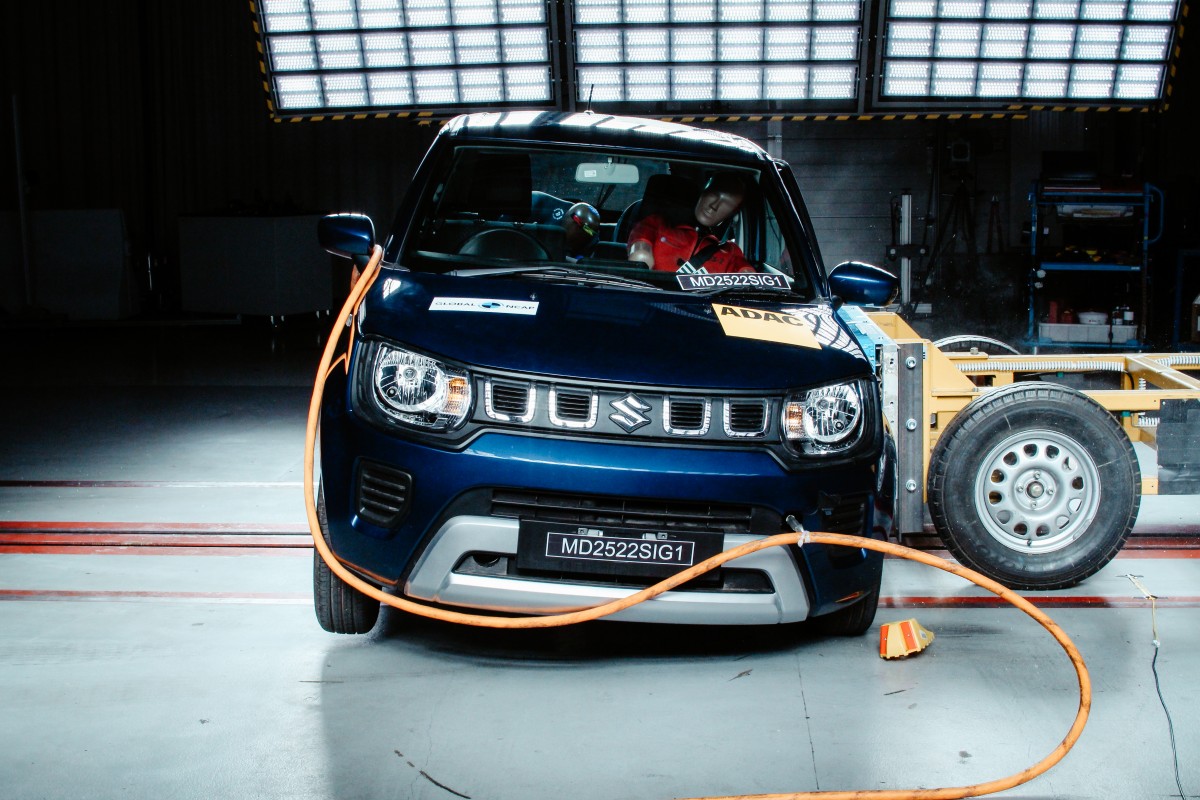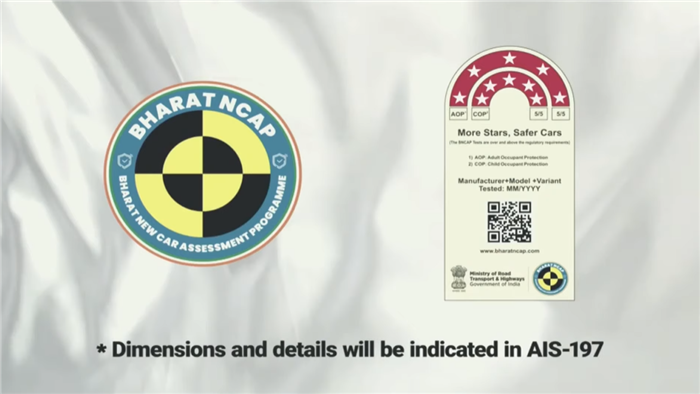Indian authorities have launched the Bharat New Car Assessment Program (BNCAP). Under this, the government of India aims to improve buyer awareness as well as reduce fatalities on the road. The BNCAP protocol will roll out from 1st October 2023.
Crash test procedure of BNCAP
The process to get the testing commenced begins from OEMs. Interested car manufacturers will express interest to get their model tested. After this, BNCAP representatives will select a model (base variant) from either the manufacturer or a dealer yard.
The manufacturer will then send the shortlisted models to a nearby crash testing facility. Requisite crash tests will be conducted in the presence of both OEM representatives as well as the BNCAP authorities. Once the test results are available, they will be compiled and shared with the carmaker and published after the approval of the standing committee.
Scoring system of the BNCAP
BNCAP will determine scores for adult and child occupant protection. Further, safety assist systems as well as pedestrian safety will be checked. Vehicle will be tested in the frontal offset test, side impact test and side pole tests. Scores from them will determine the final star rating of the car. These tests will be conducted at 64 km/h speeds.
Based on the tests, the car will receive a 1-5 star rating, The Central Institute for Road Transport (CIRL) will give a certificate and each model will get a Bharat NCAP logo and score sticker.
Eligible vehicles in Bharat NCAP
The test protocol is based on AIS 197. Hence, vehicles coming under the M1 category with seating for 8 occupants and a gross vehicle weight under 3.5 tons will be eligible to be tested. Further, BNCAP will also test alternative fuel vehicles like CNG and electric vehicles. The tests will ensure greater consumer awareness and offer an impetus to the carmakers to develop safer models.

Also Read – Bharat NCAP draft approved, India to get SAFE cars soon.


